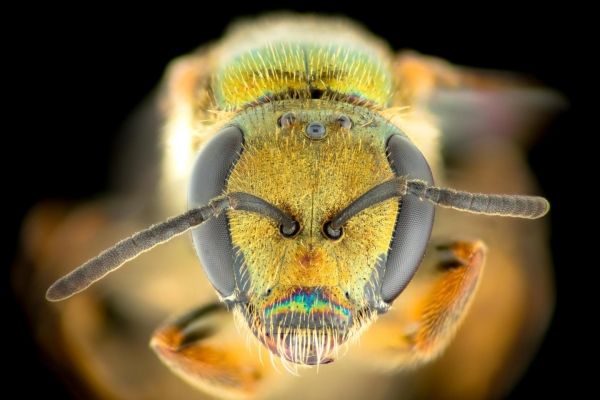After centuries of human impact on the world’s ecosystems, a new study from Flinders University details an example of how a common native bee species has flourished since the very first land clearances by humans on Fiji.
In a new paper in Molecular Ecology (DOI: 10.1111/mec.16034), research led by Flinders University explores a link between the expansion of Homalictus fijiensis, a common bee in the lowlands of Fiji, which has increased its spread on the main island Viti Levu alongside advancing land clearance and the introduction of new plants and weeds to the environment.
“Earlier research connected the relatively recent population expansion to warming climates, but our study reveals an interesting and positive response from an endemic species to human modifications to the landscape which commenced about 1000BC,” says lead author, Flinders University researcher James Dorey.
“This species is a super-generalist pollinator (pollinates many plant species) and likes to nest in open, cleared ground, so one of the most important bee pollinators in Fiji actually appears to have benefited from human arrival and subsequent clearing of land in Fiji.”
Read more at Flinders University
Image: Homalictus fijiensis, a common bee in the lowlands of Fiji. (Credit: James Dorey, Flinders University)


